Recommendation points
- Toilet seat
- Sewerage in a private house
- Gravity sewerage
- Pressure sewerage
- Installation of sewerage in the house
- Installation of external sewerage
- Installing the toilet
- Conclusion
Individual Soviet-built houses, as a rule, do not have the usual amenities. At best, this is cold water and a sewage system designed only for dumping liquid waste. The toilet bowl was not included in the list of vital goods, however, like many other things. Its installation itself is not a tricky business, but in this case neither the toilet room nor the corresponding communications are provided for by the project. Therefore, it can be difficult to make a toilet in a private house, because you need not only to find a suitable place, but also to bring the sewage system, ventilation and water there. Well, let’s start with this.
Toilet seat
The ideal option for the future toilet is a ready-made room, like a small storage room. And it’s really good if it is located in the part of the house that is closer to the drain well. If the free closet is located on the other side, this is worse, but the installation of a toilet is possible there too. In this situation, the volume of work and the estimate will increase, but from the technical point of view, everything can be solved. Alternatively, you can equip a combined bathroom in some small room, installing everything there that the area allows: a toilet, a bath, a washing machine, etc..
It is more difficult when there is simply no suitable premises. In this case, you will have to look for a free corner. It’s okay if such a place was found only in the kitchen. In order not to spoil the appetite with unpleasant odors and views, the toilet is fenced off with a solid partition, and the entrance to it is cut through in the adjacent wall. As a building material, you can use lining, chipboard, drywall and the like..
Important! It is necessary to place sound-insulating material between the layers of the casing, so that the operation of the toilet does not cause discomfort to others. It is better to do the construction of a partition after laying communications: plumbing work in a confined space is extremely difficult.
Sewerage in a private house
According to the method of waste transportation, sewage systems are of two types: pressure (forced) and non-pressure (gravity). In a pressure system, the waste is driven by a fecal pump, and in a gravity drainage system, it occurs naturally, due to the slope of the pipe. In a private house, both options are possible, and which one is preferable depends on the specific conditions.
Gravity sewerage
The main guarantee of the normal operation of such a system is the exact observance of the slope parameters, which must be uniform and constant throughout the entire length of the pipe. In this case, the horizontal drainage section can be arbitrarily long.
The most common installation mistake is too steep a slope. It is believed that the larger it is, the better the waste will drain. Oddly enough, this is actually not the case. Too fast movement of drains does not allow filling the pipe with water, which is why the inner walls are poorly washed. In the reverse error – when the slope is less than the permissible – the flow rate is too low, which is also not good. A balance is needed between filling and speed for the system to self-clean during operation. Otherwise, deposits will form on the inner surface of the pipe, which will lead to a deterioration in the flow and the formation of blockages..
Important! The optimal slope of the sewage system has long been calculated by scientists and spelled out in the SNiP. Its value for pipes with a diameter of 40–50 mm is 3%, but we are interested in large diameters – 80–110 mm. For them, this figure is 2%. In other words, with each meter, the pipe should descend two centimeters to the lower point of discharge..
Pressure sewerage
In some situations, making gravity drainage is problematic. For example, when you need to either lay the pipe below floor level to comply with the slope, or raise the upper end too high. In the first case, large-scale destruction is coming, and in the second, you will have to build a pedestal for the toilet, worthy of a small monument. In addition, laying pipes of this diameter through partitions and walls is fraught with obvious difficulties..
To avoid such problems allows pressure sewerage, the main link of which is the fecal pump. Thanks to him, waste waste can move from the bottom up, and the cross-section of the pipes is reduced significantly. Household fecal pumps are compact, aesthetically pleasing, capable of pumping wastewater several meters vertically and tens of meters horizontally. You can also buy a toilet with a built-in pump.
Installation of sewerage in the house
Polypropylene pipes are perfect for indoor installation: they are lightweight, durable and can withstand temperatures up to 95 ° C without any deformation. The latter quality will be very useful if a washing machine is connected to the same area, or just someone decides to pour boiling water into the toilet.
The plastic sewer is assembled according to the Lego principle. Installation begins from the lowest point, inserting the next part into the bell of the previous one. A sealant is preliminarily applied to the end of the pipe or fitting. This is done not so much to prevent leaks (the O-rings do their job well), but to facilitate the process: with this diameter, the docking requires significant effort, and with lubrication the work will go faster. When installing the sewage system, try not to use bends with a right angle – you can make a 90 ° turn with two bends of 45 °, which will reduce flow deceleration.
A long piece of pipe can be easily and quickly shortened with a hacksaw for metal – this is another big plus. To fasten the structure, use clamps on hairpins or clips (the latter look more presentable). In the lower part of the risers, as well as before each turn and at the exit of the sewer from the house, revisions must be installed. If necessary, you can dock a plastic pipe with an already laid cast iron pipe, sealing the connection with a special rubber sleeve.
Advice:if there is a basement under the toilet or just a room in the interior of which aesthetics are not in the first place, then a horizontal section can be laid under its ceiling. The advantages of such a solution are obvious: firstly, there is no need to go around corners – the pipes will pass the shortest way, which will save time and materials; secondly, so they will not take up space in the lower part of the premises.
The elements of the pressure sewage system are connected to each other by welding or flanges. The diameter of the pipes varies from 20 to 40 mm and depends on the characteristics of the pump. Installation is possible not only from the outside, but also in the wall or under the floor.
Installation of external sewerage
The outer part of the sewer is laid in a trench. About its depth, it is better to consult with experts at the place of residence, since it depends on the climatic conditions of the region. In any case, you will have to dig much less if you use thermal insulation..
Pipes for outdoor sewerage are made from various materials: cement, asbestos, ceramics, cast iron and plastic. The latter are currently the most popular.
Important! Only special plastic pipes are suitable for laying in a trench. As a rule, they are colored orange. At great depths and in places of increased soil load, it is better to use pipes made of stronger material or corrugated.
Of course, the external free-flow sewage system must have a constant slope of 2% in the direction of discharge. This will be much easier if a layer of sand twenty centimeters thick is poured onto the bottom of the trench, and it is properly leveled..
Installing the toilet
As a rule, in private houses the floors are wooden. Therefore, it is necessary to start with their preparation: to strengthen, level and lay linoleum. If the pipe neck is located higher than the toilet outlet, it must be raised. The material for the podium can be a wide board or several pieces of timber, and when installed on a concrete floor (for example, in the basement) – brick and cement. The wood must be well coated with linseed oil and painted.
In most cases, the connection to the sewer can be done directly: a regular cuff with an O-ring is inserted into the pipe, and a toilet bowl outlet is inserted into it. If this is not possible, then a corrugated cuff or a plastic eccentric will be required. Connecting to a fecal pump is much easier as its inlet is at standard height and everything you need to dock is already there.
Putting the toilet in the intended place and making sure that it is securely connected to the sewer, we mark the holes. Then we remove it and drill the floor. The mounting kit is usually supplied in the kit. It includes self-tapping screws, as well as plastic dowels, washers and decorative caps.
We put the toilet in place again and check with a building level whether it is even. If necessary, align by placing something solid under the base. At the end of the work, it is necessary to fill the formed gap with cement. If the installation is done not on the floor, but on the podium, then the alignment is done at the stage of its creation.
Now you can fix the toilet with self-tapping screws, not forgetting to put soft washers under the caps. The pipe and collar connections must be sealed with silicone sealant. The same must be done with the base of the toilet, so that water does not flow under it. The work is almost finished, it remains only to connect the water to the drain tank. This is usually done with a coaxial hose, in front of which a tap must be placed..
Conclusion
Of course, making a toilet in a private house is not an easy task. You will have to invest a lot of labor and finance, because in addition to the works described here, you also need to take care of ventilation. It is good if you already have a cesspool, and if not, another problem is bigger. However, it’s worth it. A well-equipped bathroom improves the quality of life by an order of magnitude. So start choosing a place, make an approximate estimate and sewage plan. Let the frozen street toilet with frosty walls be a thing of the past.


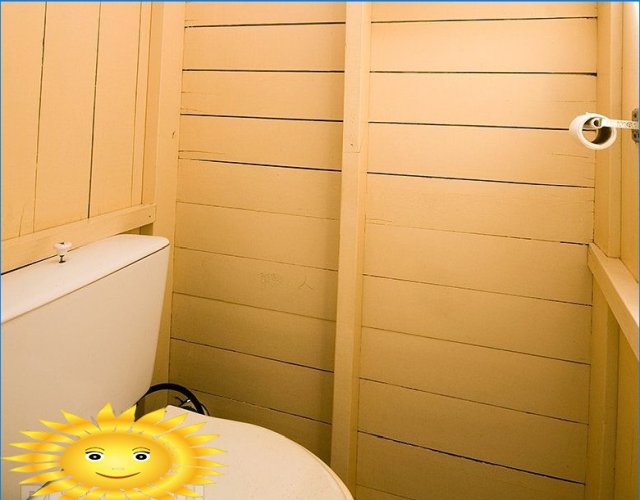
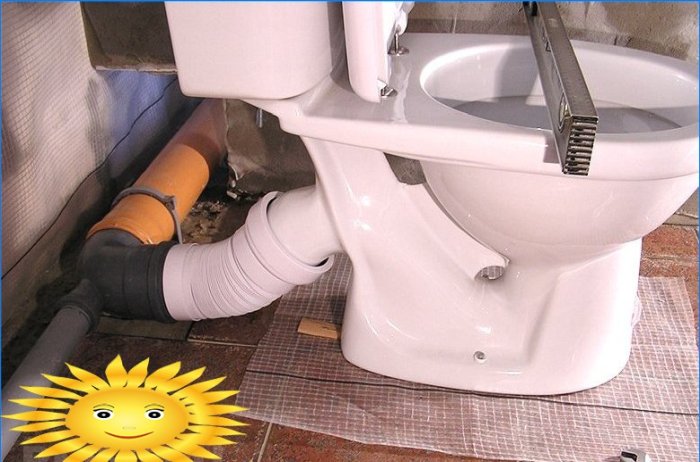
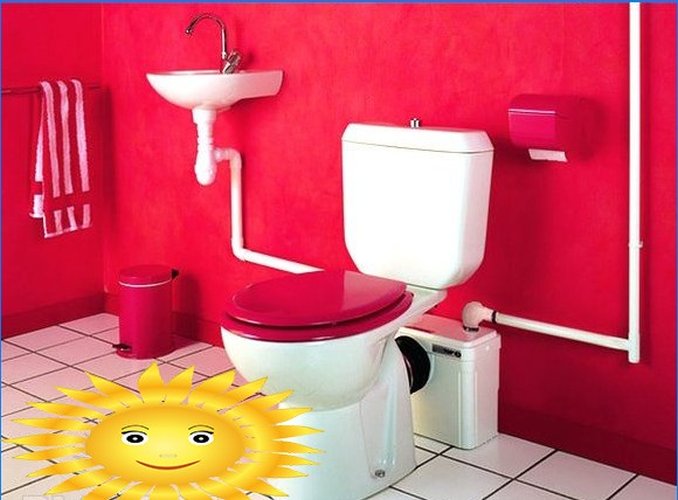
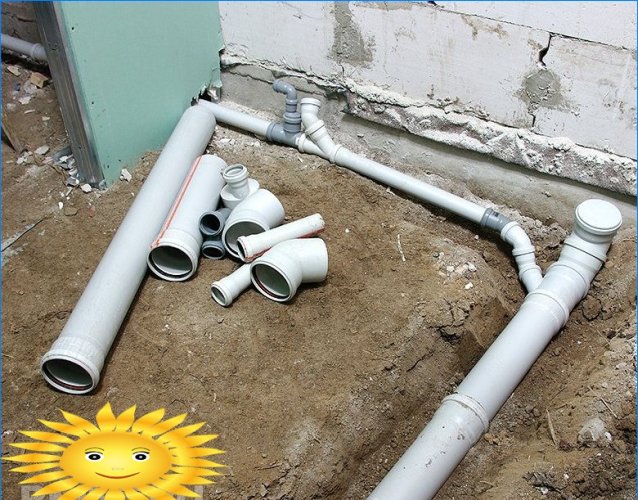
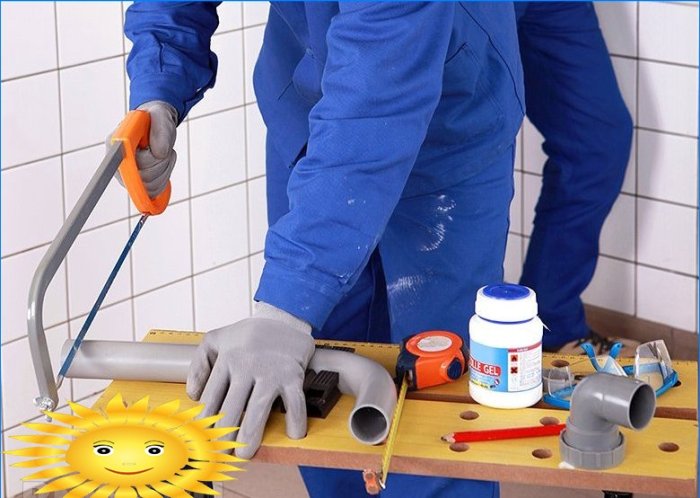
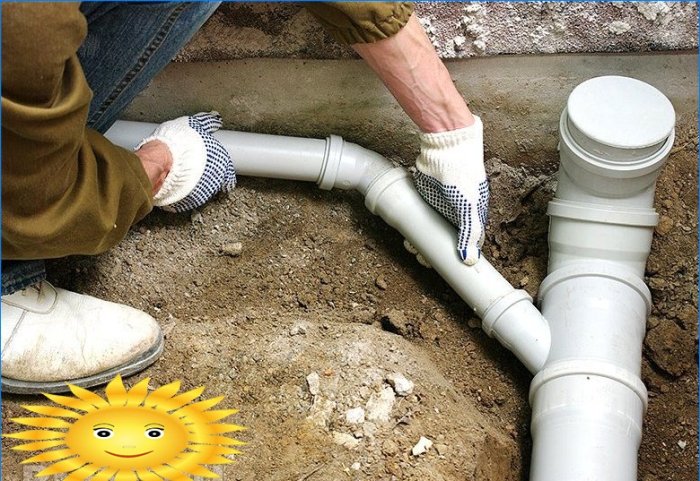


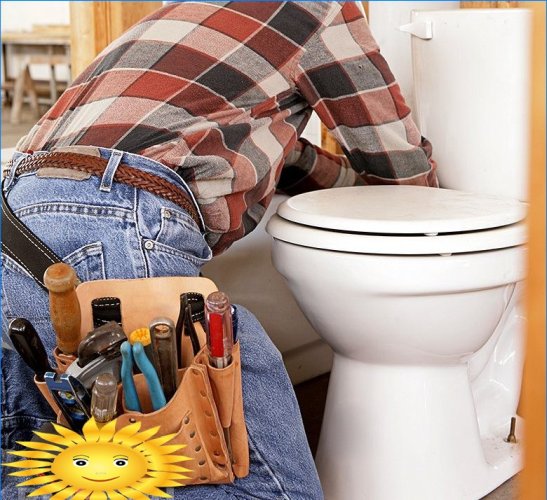
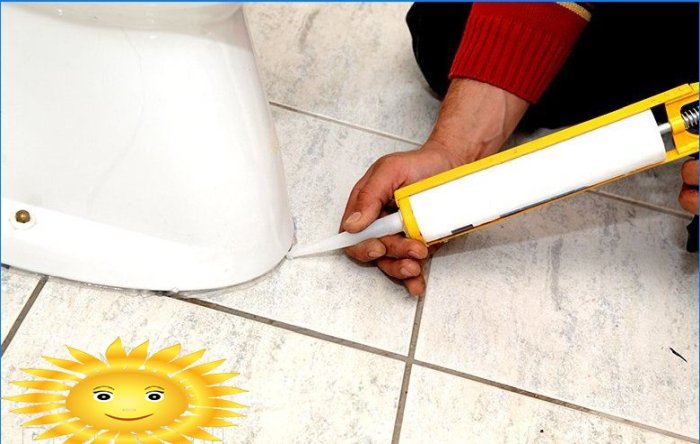
I would like to know the process of installing a toilet in a private house. What steps should be followed, and what are the key factors to consider before installing a toilet in a residential setting?